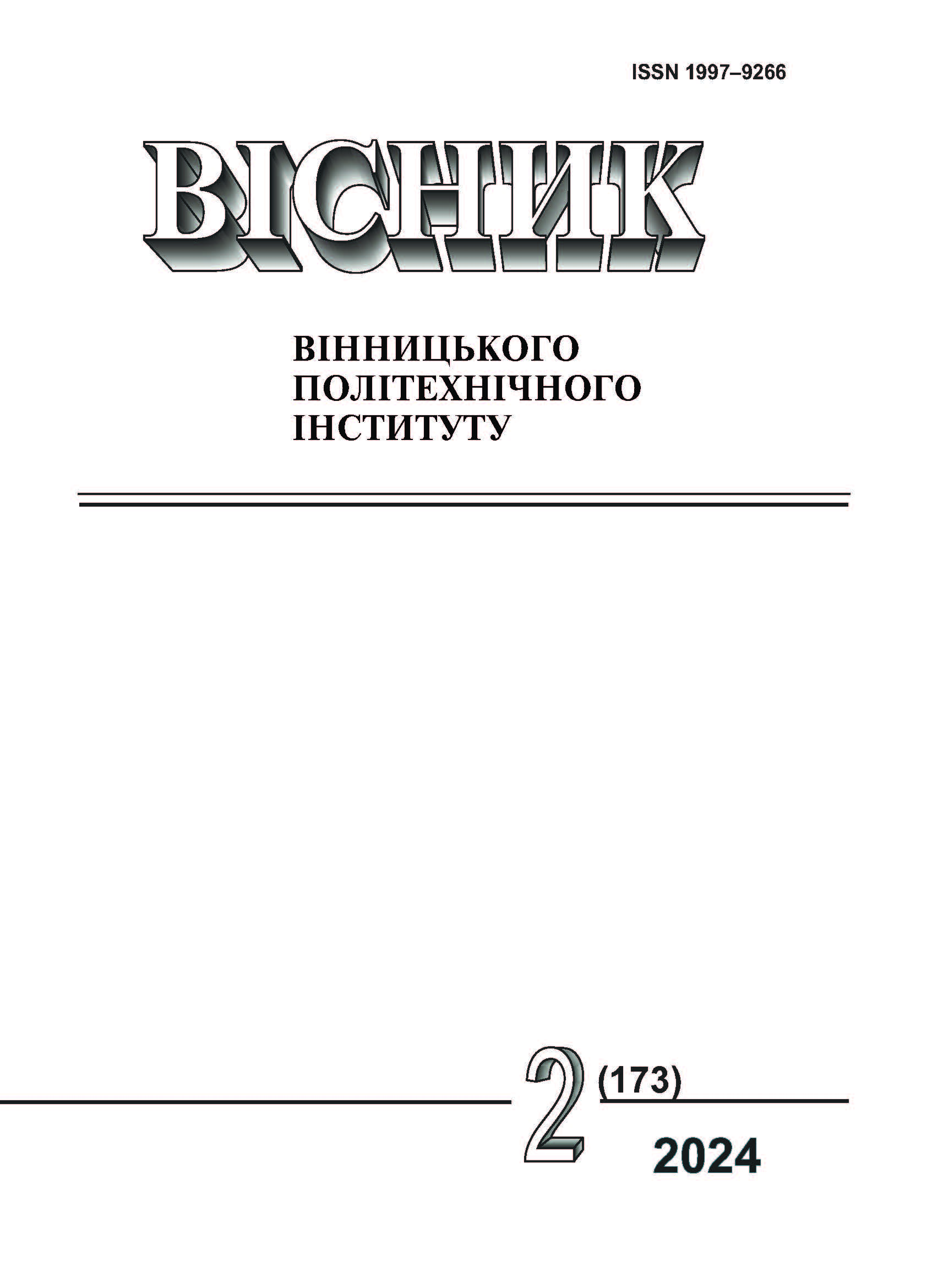Decorrelation Method for Passive Interference Signals in the Selection System of Slow-Moving Targets
DOI:
https://doi.org/10.31649/1997-9266-2024-173-2-109-115Keywords:
interperiodic compensator, system for selecting moving targets, Karhunen-Loève transform, principal component method, eigenvalues, passive interference, digital signal processingAbstract
The wide range of small unmanned aerial vehicles (UAVs) capable of hovering in space, moving at low speeds and at low altitudes, has led to the emergence of a new class of complex radar objects. This, in turn, has led to the development of new radar stations, specifically their main nodes, such as the system for selecting slow-moving targets. Its main purpose is to distinguish moving radar objects (UAVs) against the background of passive interference, such as trees, poles, the earth's surface, hydro and meteorological formations, and so on.
This article analyzes research and publications demonstrating the approaches to solving the stated problem. The classical approach to implementing a moving target selection system based on first and second-order digital rejection filters is considered. Its advantages and disadvantages are outlined. New method for combating passive interference in a radar station using the Karhunen-Loève transform, which forms the basis of the principal component analysis data analysis method, is proposed. This method is used to reduce the dimensionality of the data set while retaining maximum energy (information) from the signal reflected from the moving target, while extracting information about stationary objects (data compression). An algorithm for building a moving target selection system for slow-moving targets is provided. The results of the operation of the moving target selection system based on the proposed method and the classical approach are investigated and illustrated. A comparative analysis of the impact of the moving target selection system on the power of the target echo signal is conducted. The dependence of the power of the target echo signal on its speed for the proposed method of selecting moving targets is plotted. Conclusions are drawn regarding the effectiveness of the system for low speeds.
References
Д. І. Леховицький, В. П. Рябуха, Г. А. Жуга, Д. С. Рачков, и В. Н. Лаврентьєв «СДЦ в импульсных РЛС: 6. Полунатурные исследования адаптивных систем МПО сигналов на фоне пассивных помех на основе адаптивных решетчатых фильтров,» Прикладна радіоелектроніка, ХНУРЕ, 2011.
V. Aristov, “Karhunen –Loeve transform as a tool to eliminate signal’s redundancy, when small targets detection,” SCIENCES OF EUROPE, 2016.
Mark A. Richards, Fundamentals of Radar Signal Processing, Second Ed., McGraw-Hill Education, 2014, 656 p.
Merrill I. Skolnik, Introduction to radar systems, Second Ed., Published by McGraw Hill, NY, 1980, 581 p.
R. Wang, Introduction to Orthogonal Transforms, Cambridge University Press, 2012, 590 p.
Downloads
-
PDF (Українська)
Downloads: 49
Published
How to Cite
Issue
Section
License

This work is licensed under a Creative Commons Attribution 4.0 International License.
Authors who publish with this journal agree to the following terms:
- Authors retain copyright and grant the journal right of first publication.
- Authors are able to enter into separate, additional contractual arrangements for the non-exclusive distribution of the journal's published version of the work (e.g., post it to an institutional repository or publish it in a book), with an acknowledgment of its initial publication in this journal.
- Authors are permitted and encouraged to post their work online (e.g., in institutional repositories or on their website) prior to and during the submission process, as it can lead to productive exchanges, as well as earlier and greater citation of published work (See The Effect of Open Access).





